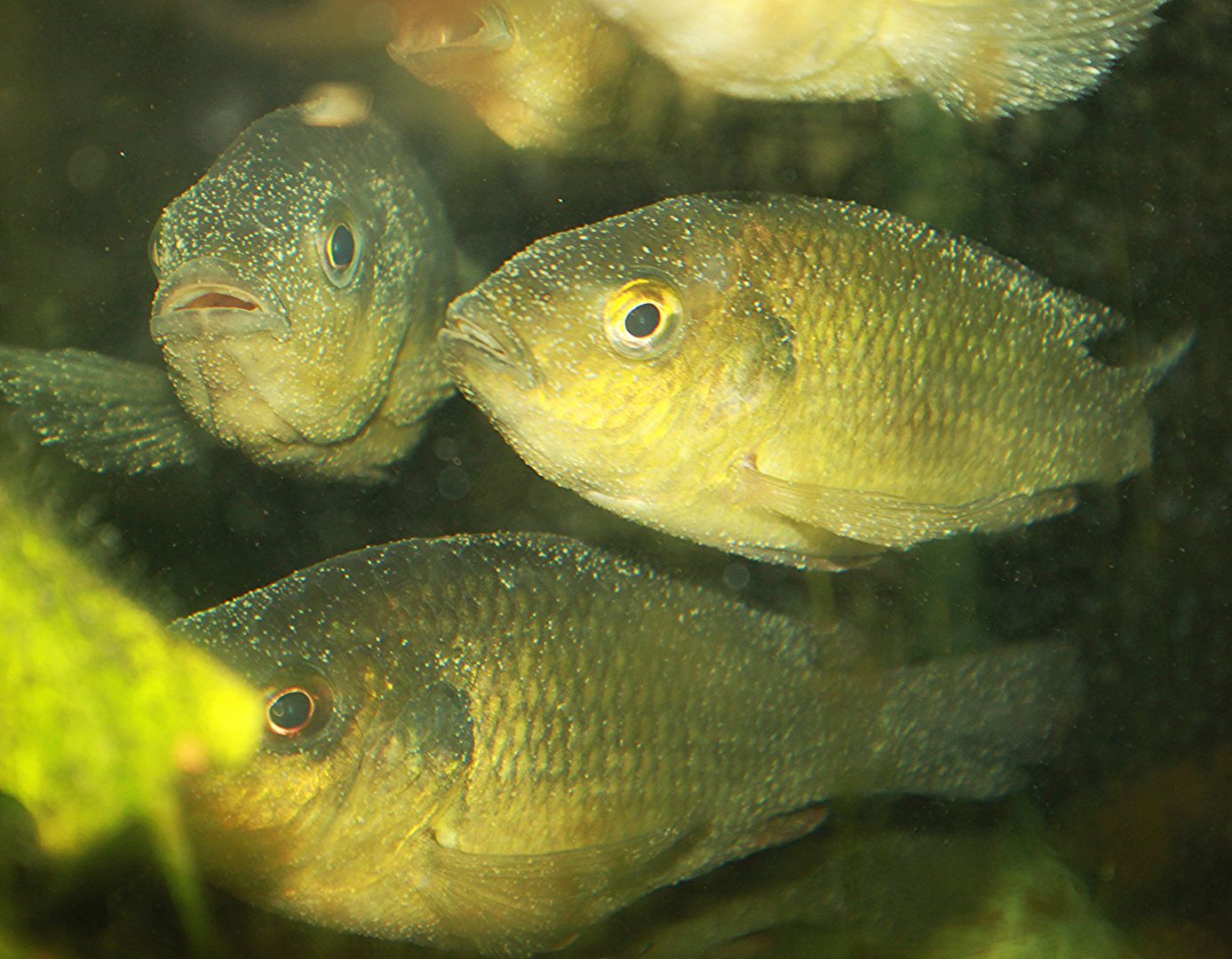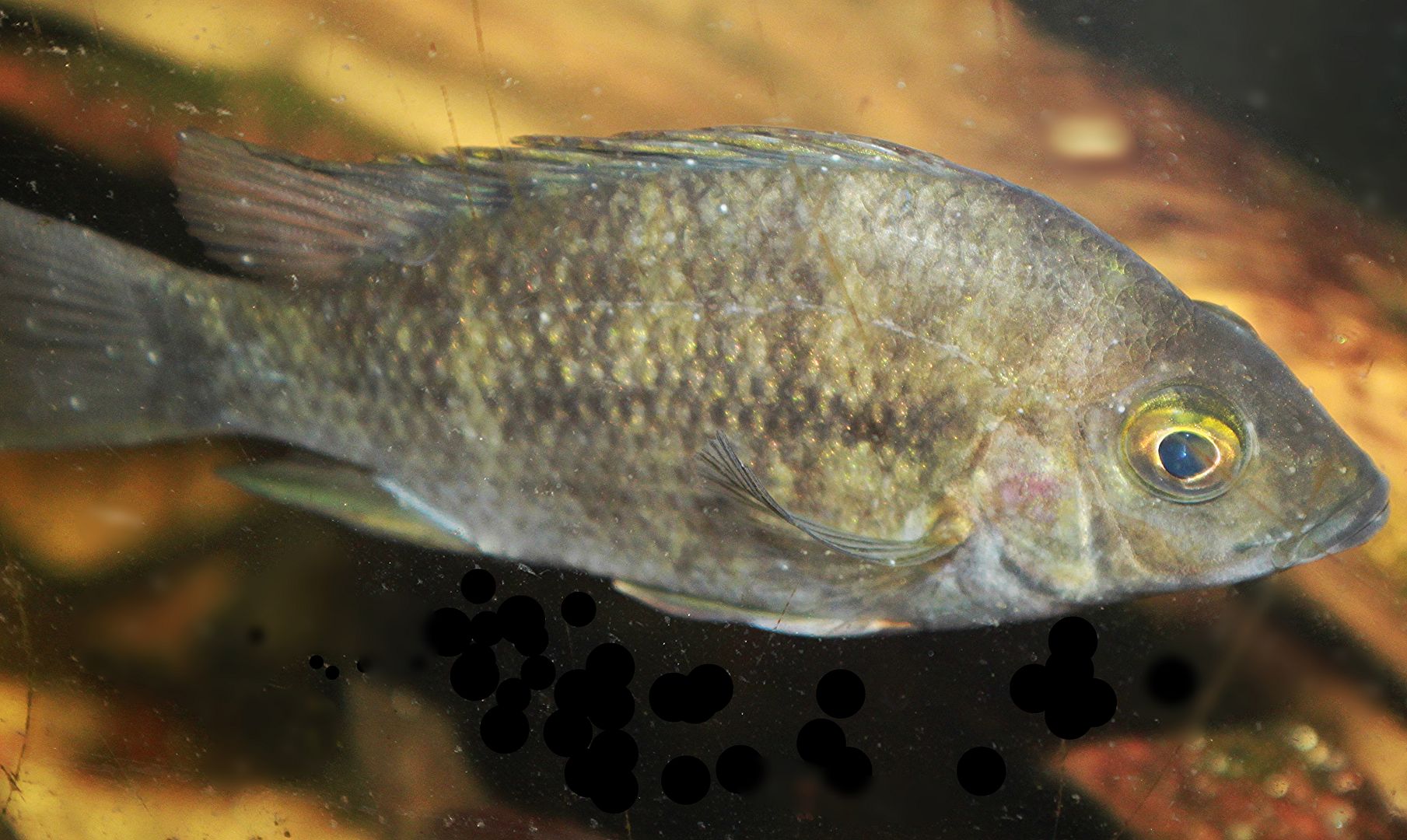Ick can sometimes takes weeks or more a month to cure.
That said, what you think may be ick, may be something else, and the treatment for one malady, might not be the same as the other.
Below is a bad case of ick.

often after the ick is gone, the skin appears pasty where the parasites had dug in.

I treated the above fish with only salt (no extra heat, because the total volume of the tank was 1000 gallons)
if the problem is not ick, raising the temp may not be a good idea, some bacterial infections become ore virulent at higher temps.
Below is another individual with ick

most of the parasites are located along the dorsal, and one dead center of the caudal.
If there is 1 visible ick, there are usually at least 1000 you can't see.
I usually maintain a high concentration of salt for at least 2 months to be sure all the dormant cysts have hatched out, and been killed. Because I had thousands of gallons, I invested in a salinity meter in order to maintain a 3ppt (parts per thousand salinity, sea water is 35ppt) concentration. I often used a 50lb bag of rock salt to treat a bad case.
These meters would be too expensive for the average aquarist.
There are some salt water swimming pool test strips available that could be used to tell if there is sufficient salt being used as a treatment.
That said, what you think may be ick, may be something else, and the treatment for one malady, might not be the same as the other.
Below is a bad case of ick.

often after the ick is gone, the skin appears pasty where the parasites had dug in.

I treated the above fish with only salt (no extra heat, because the total volume of the tank was 1000 gallons)
if the problem is not ick, raising the temp may not be a good idea, some bacterial infections become ore virulent at higher temps.
Below is another individual with ick

most of the parasites are located along the dorsal, and one dead center of the caudal.
If there is 1 visible ick, there are usually at least 1000 you can't see.
I usually maintain a high concentration of salt for at least 2 months to be sure all the dormant cysts have hatched out, and been killed. Because I had thousands of gallons, I invested in a salinity meter in order to maintain a 3ppt (parts per thousand salinity, sea water is 35ppt) concentration. I often used a 50lb bag of rock salt to treat a bad case.
These meters would be too expensive for the average aquarist.
There are some salt water swimming pool test strips available that could be used to tell if there is sufficient salt being used as a treatment.


